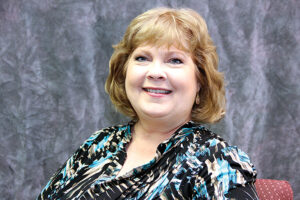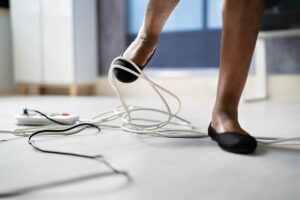 If you are considering adding solar to your home or business, the Energy Education Council and its Safe Electricity program encourage you to first do a thorough assessment so that you can make an informed decision based on goals, energy needs and safety.
If you are considering adding solar to your home or business, the Energy Education Council and its Safe Electricity program encourage you to first do a thorough assessment so that you can make an informed decision based on goals, energy needs and safety.
The cost of solar installations has decreased in the last 10 years. There may also be federal, state, and local tax credits and subsidies available to help lower the cost helping support the increased installation of solar systems.
Many electric co-ops across the country and in Illinois are also adding community solar farms as a way to diversify their energy supply and add renewable energy. They are also helping advise co-op members on individual projects.
“A renewable energy system is a long-term investment,” says Mike Ashenfelter, Safe Electricity Advisory Board member. “Homeowners and small business operators should do some good hard looking before leaping into one to ensure they will get value for their investment.” Talking to a salesperson is not enough, adds Ashenfelter. Talk to professionals that can advise you on the economics, engineering and safety issues.
The local utility should be consulted to make sure the solar system will be safely interconnected with the utility grid. Any generator that can feed electricity back on to the grid needs to follow the specifications of the utility to ensure public and line worker safety.
To help homeowners and small business operators make more well-informed decisions, the Energy Education Council has developed a checklist of questions and resources to take into consideration prior to starting the installation process of a renewable energy system.
The second part of the checklist provides questions that will help the homeowner or small business operator once they begin to look for qualified installation professionals. These questions may help the purchaser determine the feasibility of installing a system as well as the type of system that may fit their needs. The checklist can be found at EnergyEdCouncil.org/checklist.pdf.
Because a correctly sized, sited, installed and maintained PV system is essential for maximizing its energy performance, and minimizing the chance of injury, the installation of residential solar panels should always be done by a professional contractor.
Periodic and routine maintenance is also an important consideration. Most tasks are do-it-yourself and require relatively little experience, but for major issues, professional help should be used. The Fire Protection Research Foundation (FPRF) suggests maintenance procedures to help prevent fire or damage, including:
1. Visually inspect the equipment and connections for signs of damage or degradation.
2. Visually inspect electrical junction boxes and raceways to see if conductors are damaged and in need of repair or replacement.
3. Visually inspect string conductors to identify physical damage that is in need of repair.
For homeowners, solar systems are commonly mounted on the roof for easy access to the sun and to save space. Make sure your roof’s structure is strong enough to hold the additional weight of a solar system. It is also important to provide easy and safe access to the roof in order to allow for effective inspection, maintenance and repair for the solar system.

Also be aware that roof-mounted panels could cause some issues in the case of a fire. The FPRF explains that solar panels cannot always be easily shut down, so electric shock is a primary concern for emergency responders like firemen. On roofs where solar panels take up a large amount of space, it can inhibit the use of vertical ventilation, where a hole is cut through the roof of a building to release smoke and increase visibility of victims.
Solar panel equipment can also pose tripping, slipping, and snagging hazards, and broken panel glass can cause cutting hazards to first responders and residents alike.
For more information on using energy safely, visit SafeElectricity.org.









